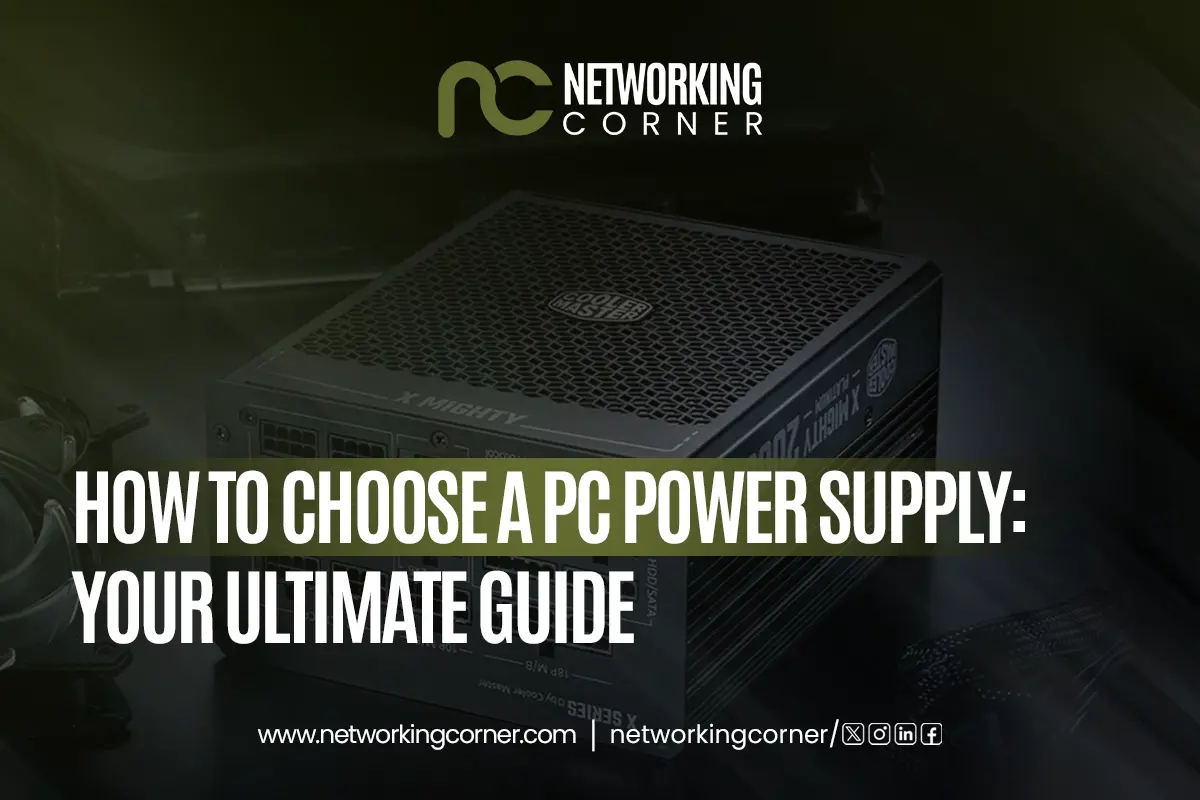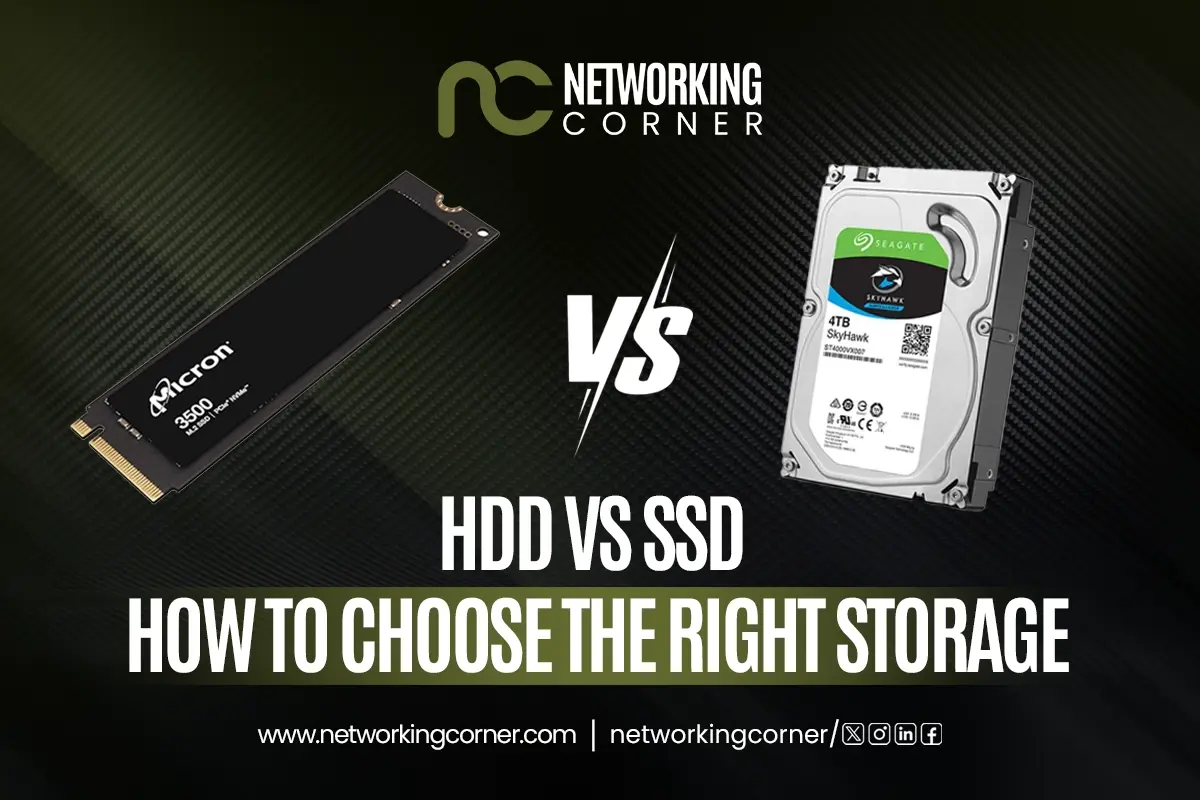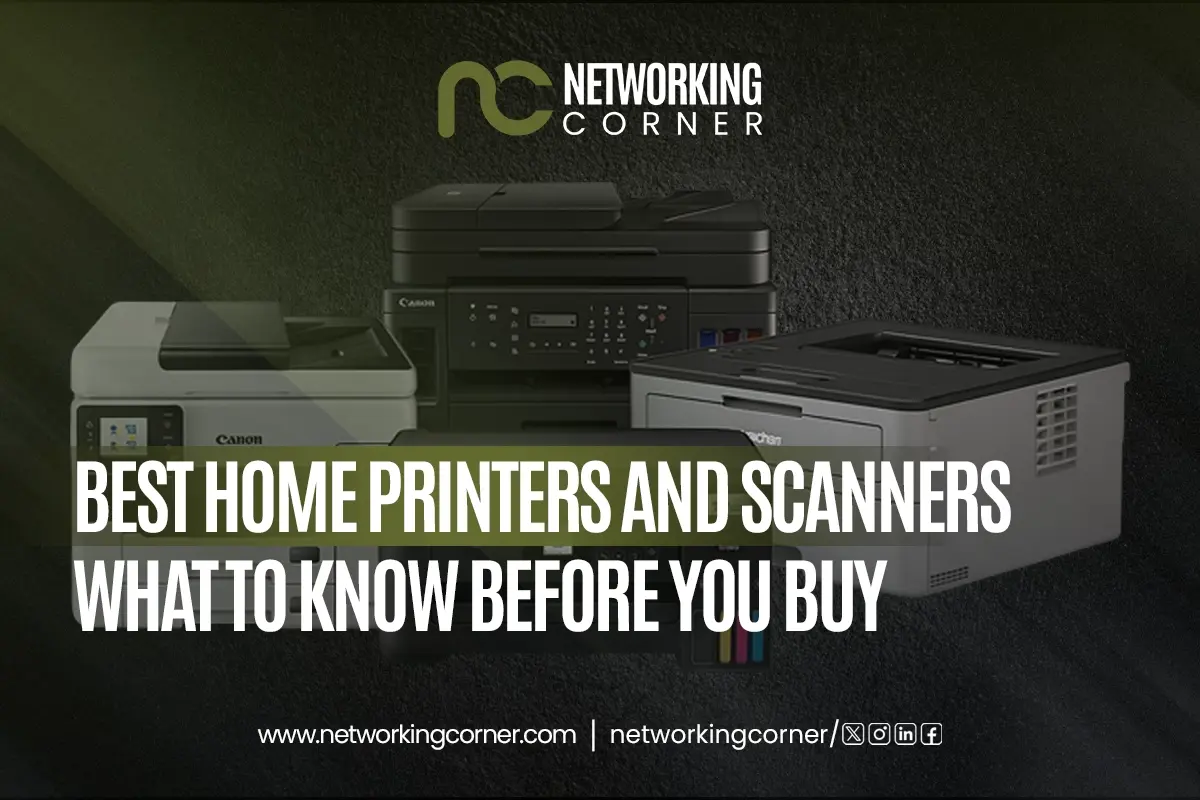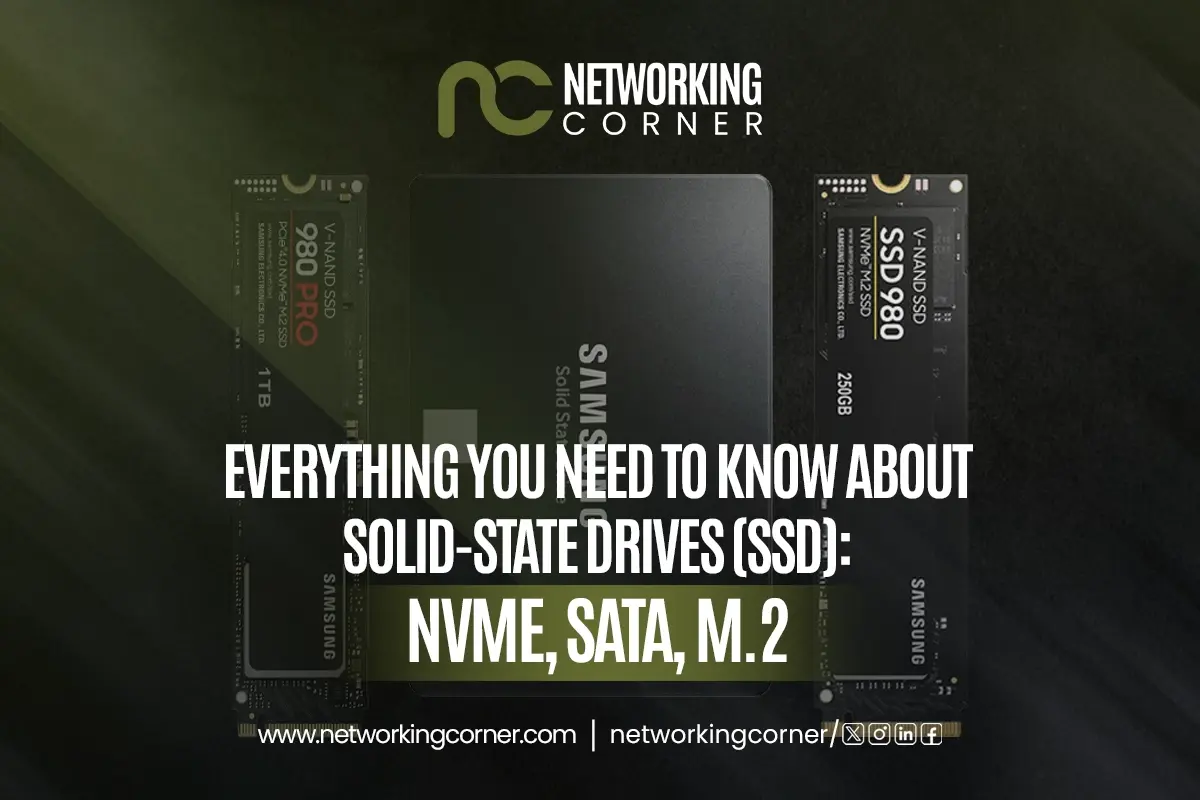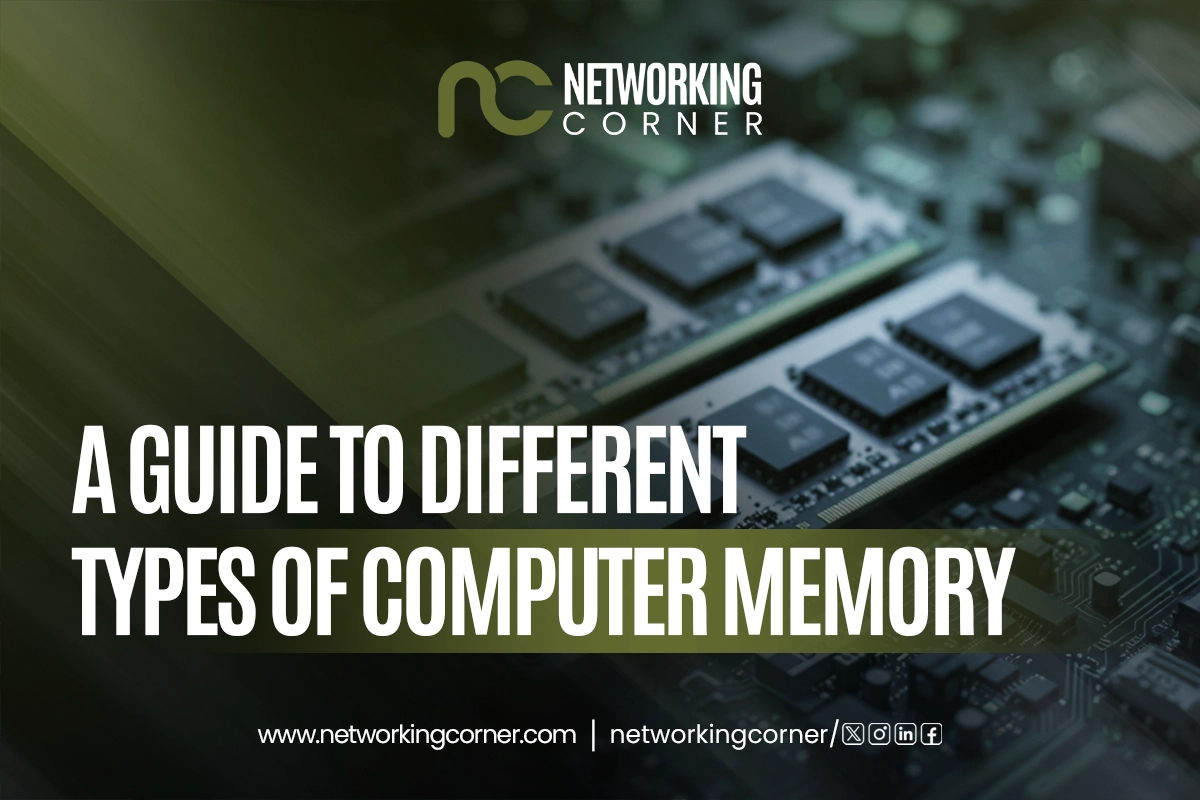
Do you know that computer memory is just as important as a processor?
Whether you're planning to upgrade your system or buy a new one, the right and faster memory can significantly increase your computing experience. Understanding desktop memory is essential for daily personal and professional use of a computer because it affects how a computer operates.
Computer memory functions similarly to a human mind by storing important data and files. It works faster than secondary storage and is typically volatile. Your speed and performance mostly rely on how good your memory functions. For running heavy creative software like Adobe Photoshop, you need more RAM to store temporary visuals and other data. The more RAM you have, the smoother your premium software will run.
One of the vital benefits of more RAM is that your programs will run more smoothly, especially while running premium versions of software. It will further enable seamless multitasking. In case of having enough RAM, your computer relies on virtual memory and uses parts of a hard drive. Its frequent use slows down your heavy creative task.
In this blog, we will explore in detail the differences and functions of computer memory types. Let's see how memory plays a crucial role in maintaining your computer’s lifespan.
Types Of Memory
Memory plays an essential role in any computer system by enabling the storage to retrieve data and instructions. It keeps your data temporarily or stores it for later use. This memory, in turn, has different types, each serving various functions essential to a computer system.
1. Primary Memory
Primary memory is known for its quick speed of accessing read and write operations. It supports multiple tasks functioning at a time and ensures that they run perfectly. It is located on microchips, which are close to the processor for faster working. Primary memory works in coordination with other memories that boost your computer's performance. Primary memory has two main types, RAM (DRAM and SRAM) and ROM (PROM and EPROM).
Types of Primary Memory
• RAM (Random Access Memory)
RAM is a volatile memory as it holds the information that depends on an uninterrupted power supply. It holds data and instructions temporarily and it is essential for operating the computer system. The CPU uses RAM to access the information that is needed instantly while working. RAM is an important component that helps to boost your PC’s speed and overall performance.
Random Access Memory works as temporary storage that the processor accesses. It has been further classified into two more computer memory categories.
-
DRAM (Dynamic RAM):
DRAM (Dynamic RAM) is the most commonly used type of laptop memory due to its lightweight design, low cost and higher data storage capacity. It is used in laptops and computers to run multiple tasks effectively by storing short-term data and files.
-
SRAM (Static RAM):
Static memory is a cache memory that exists inside the CPU. It is faster and works without refreshing. Due to its high speed and complex structure, it is expensive and stores less data.
-
DDR (Double Data Rate)
Double Data Rate is a type of RAM that transfers data using the mechanism of twice per clock cycle. This increased speed allows for fast and efficient multitasking. Over time, DDR has evolved through versions like DDR2, DDR3, DDR4 and DDR5, with each version offering improved performance and faster data handling.
-
ROM (Read-Only Memory)
ROM is known as non-volatile memory because it keeps data even when the system is powered off. Its name presents Read-Only Memory, which means it can only read the instructions and cannot write it easily. ROM saves the information in binary format (Os and 1s) because a computer understands it only. ROM permanently stores your system’s and loads essential computer memory functions every time.
Read-Only Memory (ROM) stores permanent data and instructions needed to run a PC. It has various memory types such as PROM (Programmable ROM), EPROM (Erasable Programmable ROM) and EEPROM (Electrically Erasable Programmable ROM).
-
PROM (Programmable Read-Only Memory)
Programmable Read-Only Memory is used when a device or system needs permanent data or instructions that will not change after programming. This computer memory type allows users to write the data in one time only once. It is mostly used in hardware programming where fixed code is mandatory.
-
EPROM (Erasable Programmable ROM)
Erasable Programmable ROM is a type of computer memory that can be erased and reprogrammed multiple times. It can erase data in about 40 minutes by exposing ultraviolet rays.
-
EEPROM (Electrically Erasable Programmable ROM)
Electrically Erasable Programmable ROM can erase data many times. It takes very little time to erase nearly 4-10 ms. EEPROM is usually available in small memory sizes and it is used for saving smaller files or programs.
2. Secondary Memory
Secondary memory is non-volatile as it retains data even when the computer is switched off. It is used to store your files and programs permanently. At first, data is stored in primary memory and then transferred to secondary memory for long-term storage. This type of memory has a much larger capacity than primary memory and is also known as auxiliary memory. Secondary memory has further memory types such as Hard Disk Drives (HDD), Solid State Drives (SSD), Optical Discs (CDs/DVDs) and USB flash drives and Flash memory such as memory cards and fixed storage in smartphone devices. Each computer memory type offers different functions for storing files and instructions.
-
Hard Disk Drives (HDDs)
These disks have magnetic technology to store data. They are widely used for bulk storage including large volumes of media files. These drives have a magnetic process that saves data using magnetic film. HDDs have a lower cost and larger storage capacity, which is why they are considered for storing huge data files.
-
Solid State Drives (SSDs)
Solid-state drives are popular for their high speed and long-lasting performance. It contains flash memory to help your PC work seamlessly. As their performance speed is faster due to their construction pattern of a spinning platter.
-
Optical Drives:
This disk holds a laser-based storage medium and this mechanism helps it to read data easily. Its types are CDS and DVDs used for playing music and movies. They create great backup options and store data for the long term.
-
USB Flash Drives & Memory Cards:
SD cards are mini cards that you can easily insert into your phones. They can store and transfer files. They are commonly found in devices like smartphones and digital cameras. These cards are available in various storage sizes, allowing users to choose according to their needs.
-
External Storage Devices & Cloud Storage:
Devices like USB flash drives and memory cards are external storage devices that are referred to as physical devices. They used it for keeping and transferring backup files at the storage capacity.
On the other hand, cloud storage stores data on an online server that is maintained by an external service provider. You can access your data anytime from online servers using an internet connection.
Moreover, cloud storage provides automatic backups, if you forget to save a file, it will store it automatically. It also offers features like file sharing and synchronization, which allow a smooth integration across multiple devices.
Other Memories and Types
Cache Memory:
Cache memory is a small but high-speed memory in a computer. It stores frequently used data by copying it from the main memory. There are multiple cache levels located inside the CPU. L1, L2 and L3 caches are levels of cache memory that are normally found in today’s CPUs. Each level has a different size and serves its functions, such as speed and storage capacity.
- L1 Cache level is the smallest and ultra-fast cache, which is present close to the processor core.
- L2 Cache is a bit larger and slower as compared to L1 Cache. It further acts as a bridge between L1 and L3.
- L3 Cache is interlinked among cache centers to assist in improving communication and whole system performance.
Its fast speed helps reduce the average time needed to access data from the main memory.
Key Features of Server Memory Compared to Computer Memory
Both desktop and server memory use DRAM (Dynamic Random Access Memory) technology. Server memory is specifically designed for demanding environments like cloud systems and data centers.
- Error-Correcting Code (ECC)
This key feature detects and corrects internal data errors and also maintains data integrity and prevents system crashes.
- Load-Reduced DIMMs (LRDIMMs)
Load-reduced DIMMS support higher memory capacity by using less power and making them effective for large-scale systems.
- Registered DIMMs (RDIMMs)
This feature contains a register chip between DRAM modules and the memory controller. It also improves system stability and allows higher memory capacity.
Types of Server Memory
Server memory has the following types that are based on buffering and error corrections.
1- Unbuffered RAM:
This type has no register chip and is mainly used in desktop computers. It is available ECC version, not in high-end servers.
2- Registered RAM (RDIMM):
This follows the register method for improving the stability of storing large data.
3- Load Reduced DIMM:
This memory offers very high capacities with less power consumption, with ECC.
4- Fully Buffered DIMM (FBDIMM):
This is a traditional buffered type of memory used in the old days for systems. It is not found in modern PCs.
How Does Virtual Memory Work?
When your main memory fills up, virtual memory swaps data between RAM and disk storage. It temporarily moves less-used data to the disk to make some space for ongoing tasks. When that data is required, it is instantly transferred to RAM. This process helps boost multitasking activities and allows multiple applications to run.
Virtual memory uses paging techniques to operate the system by dividing the computer memory type into small and fixed-size blocks. These pages are situated between RAM and the main disk. Additionally, accessing data from the page file mechanism is slower than accessing it directly from RAM.
What is the importance of Random Access Memory (RAM) for Computer Performance?
RAM is an important part of the CPU as it has high speed and serves as short-term memory. It stores large files and shifts them to long-term storage, such as a hard drive or SSD when needed.
Increasing RAM capacity can notably boost your computer’s performance, especially while operating heavy applications. When using premium creative software, RAM capacity instantly affects processing speed and workflow efficiency. Insufficient RAM may cause delay or freezing of the program.
In the latest computing system, 8 GB is the minimum limit, but 16 GB or more is suggested for gaming memory and creative graphics software.
What is ROM Used for Inside the Computer?
ROM contains important data that is required to start any program like Firmware. The role of ROM is to boot the computer when it powers on, the CPU accesses the instructions which are stored in ROM to perform hardware tasks and loads the operating system.
ROM has BIOS (Basic Input/Output System) and UEFI (Unified Extensible Firmware Interface). These programs are responsible for activating hardware parts such as the keyboard, mouse and storage devices. Once the hardware is ready to function the BIOS/UEFI loads the operating system quickly from the hard drive into the RAM.
How to Clean Computer Memory?
Cleaning computer memory can benefit you in many ways, such as improving speed and minimizing lag and extending the duration of your device. Memory cleanup has two ways, one is physically cleaning the RAM and the second is digitally cleaning the RAM.
1. Physically Clean
As we are using computers daily, dust and junk can gather up, especially in PCs. These unwanted particles affect the connection between the RAM and the motherboard. This interrupted connection leads to crash programs and performance issues.
You can clean your RAM to prevent these issues by following these steps:
- Power off and unplug your computer.
- Open the CPU case carefully.
- Find the RAM modules and gently lift them from their slots.
- Clean the gold connections with a soft cotton cloth or wipe soaked in isopropyl alcohol.
- Use a soft brush to remove any dust and junk from the RAM slots.
- After cleaning the RAM, reinsert the sticks in their slots securely.
2. Digitally Clean
Another way to clean the computer memory is to digitally clean it. Your RAM may be overloaded with several background tasks and cleaning your RAM digitally helps your computer run more effectively.
Here's how you can clean your RAM digitally:
- Reboot your Pc to clear temporary memory space.
- To open Task Manager by pressing the shortcut keys Ctrl + Shift + Esc.
- Close extra running programs in the list.
- Frequently clear your browser cache.
- Uninstall applications that you are not using.
You can use free tools like Wise Memory Optimizer or CleanMem to clear up memory junk digitally.
Conclusion:
Computer memory is an important component of a computer system, as computers rely on it for storage and performance. The computer hardware industry is full of energy-intensive types of memory each computer needs. In the latest PCs, memory works more efficiently and smarter to support multiple programs running. Choosing the right memory increases speed and provides quick storage access. Explore the types of memory and choose the desired one for your system.
FAQ's
What are the main types of computer memory?
The main types of computer memories are RAM (Random Access Memory) and ROM (Read-Only Memory). Other memories include Cache memory, Virtual memory and Secondary storage memories.
How is RAM different from ROM?
RAM is volatile and short-lived memory used for active operation, whereas ROM is non-volatile memory that stores essential data and instructions permanently.
What is Cache memory and why is it important?
Cache memory is one of the highest-speed memories that is found near the CPU. This memory stores frequently accessed data and helps to improve the entire PC’s speed.
What is the function of Virtual memory in a computer?
Virtual memory extends the accessible RAM by using a section of the hard drive. It further allows the system to manage huge tasks when RAM has no space to hold more data.
How do SSDs and HDDs fit into computer memory types?
SSDs (Solid State Drives) and HDDs (Hard Disk Drives) are the types of secondary memory used for long-term data storage, just like primary storage, which manages short and active tasks.
How does RAM affect computer performance?
RAM (Random Access Memory) is an important hardware component that impacts the computer’s performance by allowing faster access. The amount of RAM affects the computer performance, that’s why having enough RAM reduces load times for programs and provides better system responsiveness.

